Reporting blogs
A collection of our most recent articles on

Best Free Online Project Management Software Tool
By Jonathan Milne — October 11, 2018
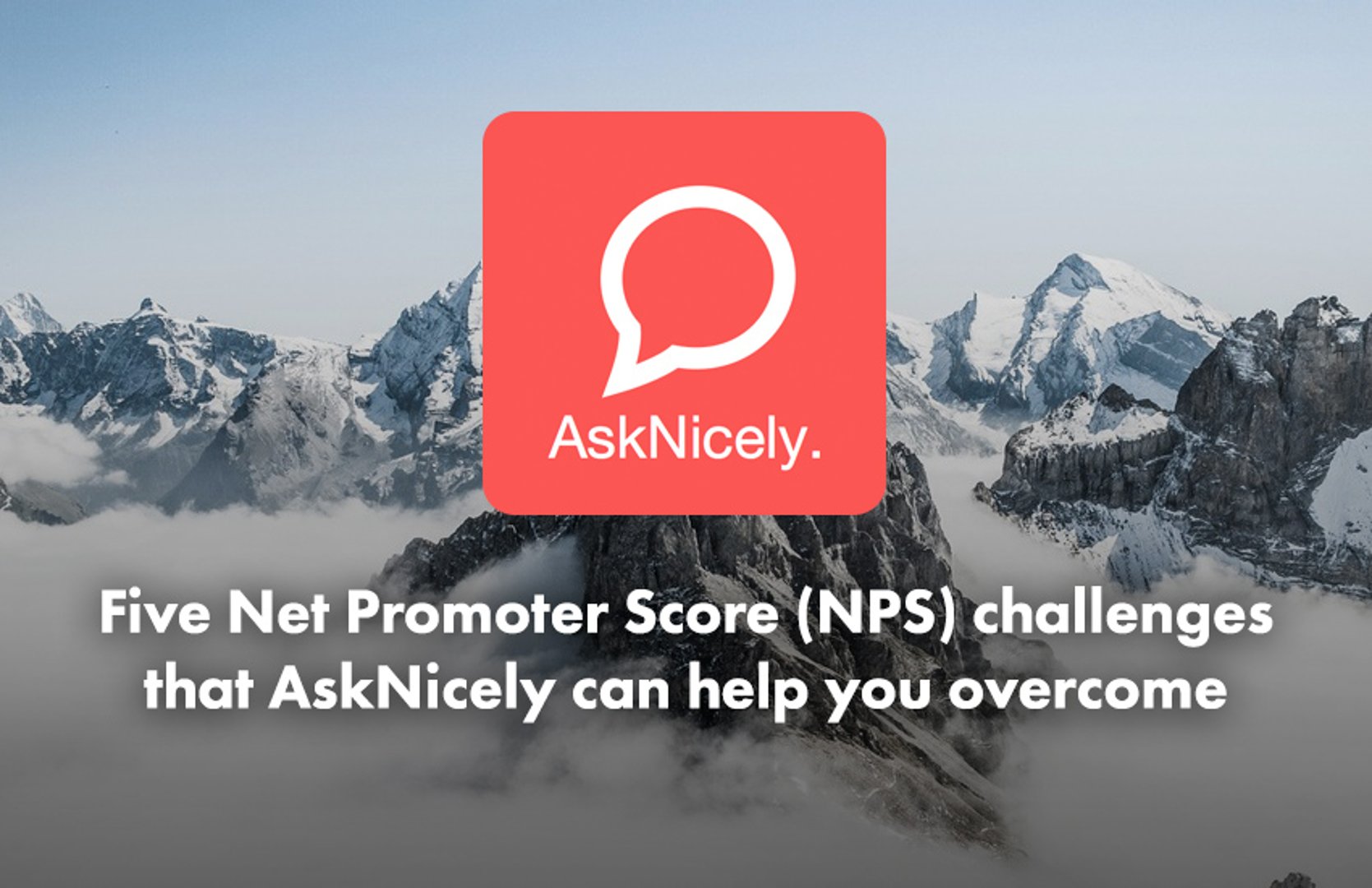
Five Net Promoter Score (NPS) challenges that AskNicely can help you overcome
By Jonathan Taylor — April 13, 2016
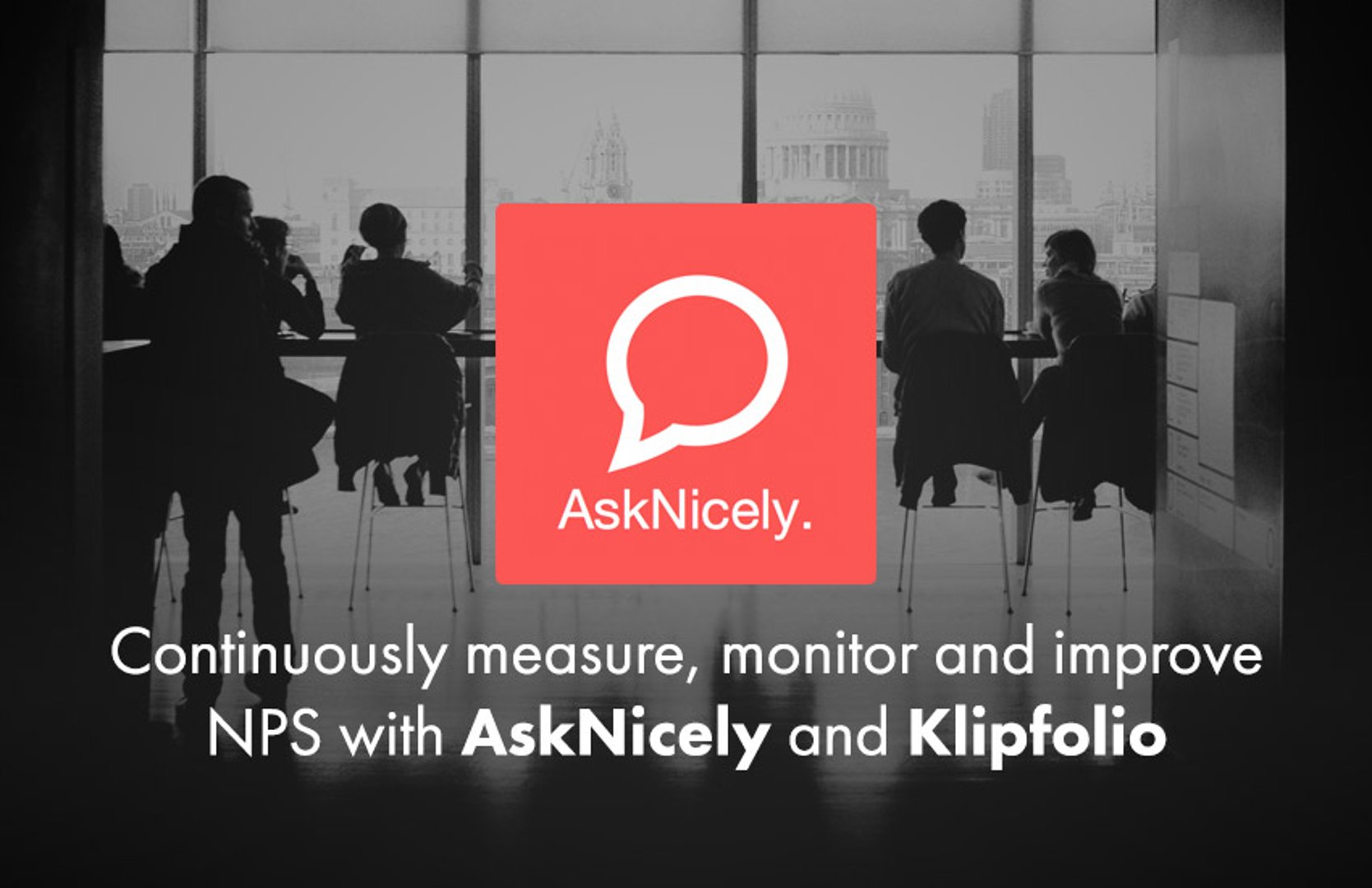
Continuously measure, monitor and improve NPS with AskNicely and Klipfolio
By Jonathan Taylor — April 7, 2016

When it comes to business dashboards, let the metrics drive
By Tyler Cooper — August 24, 2017

Objectives and key results: OKR is a performance management tool that works
By Ali Pourshahid — October 17, 2018

Power your SaaS product reports with Klipfolio
By Juan Silva — October 17, 2018
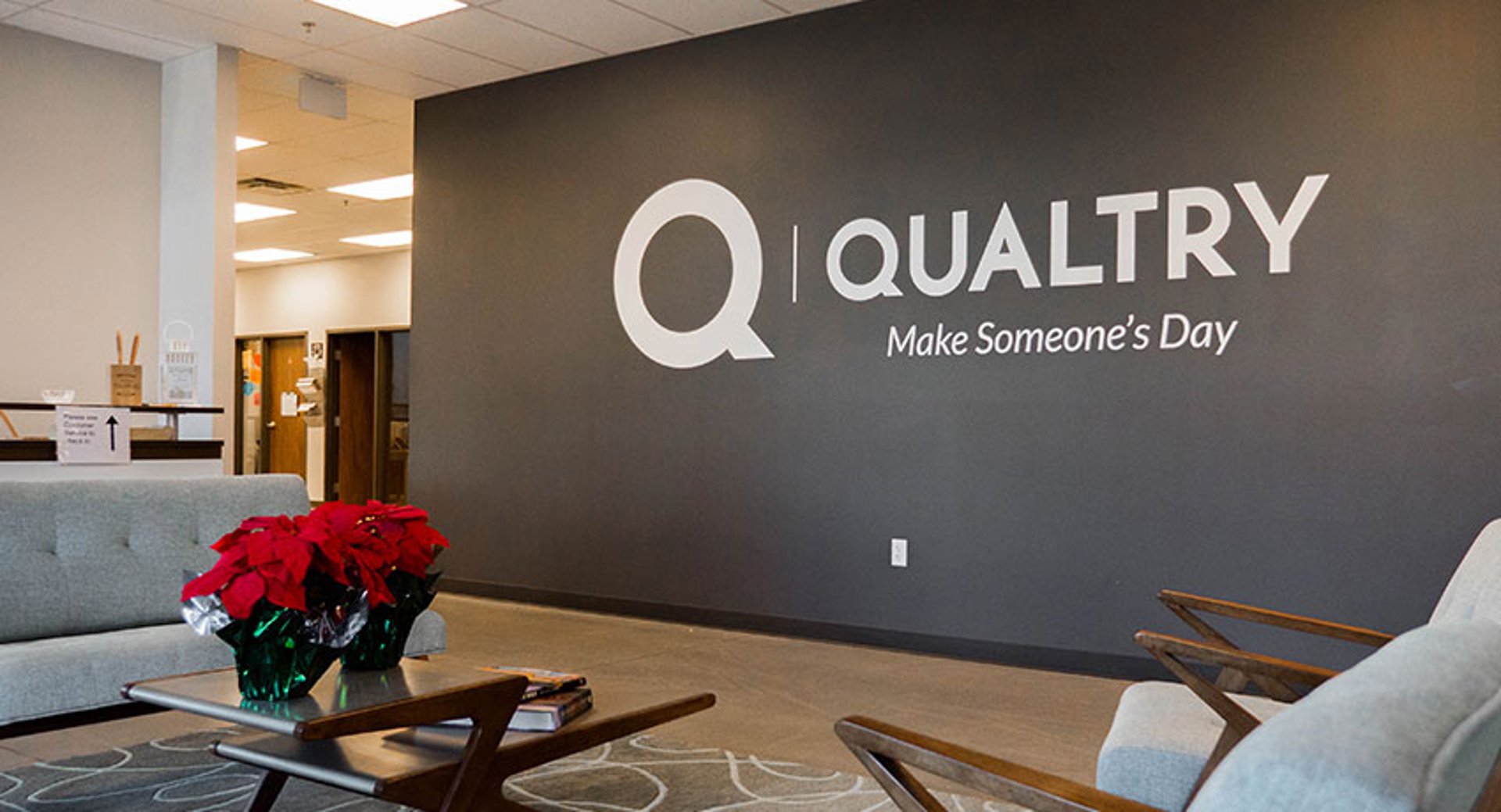
How Qualtry connected ActiveCampaign to track everything marketing
By Mitch Dupuis — January 14, 2019
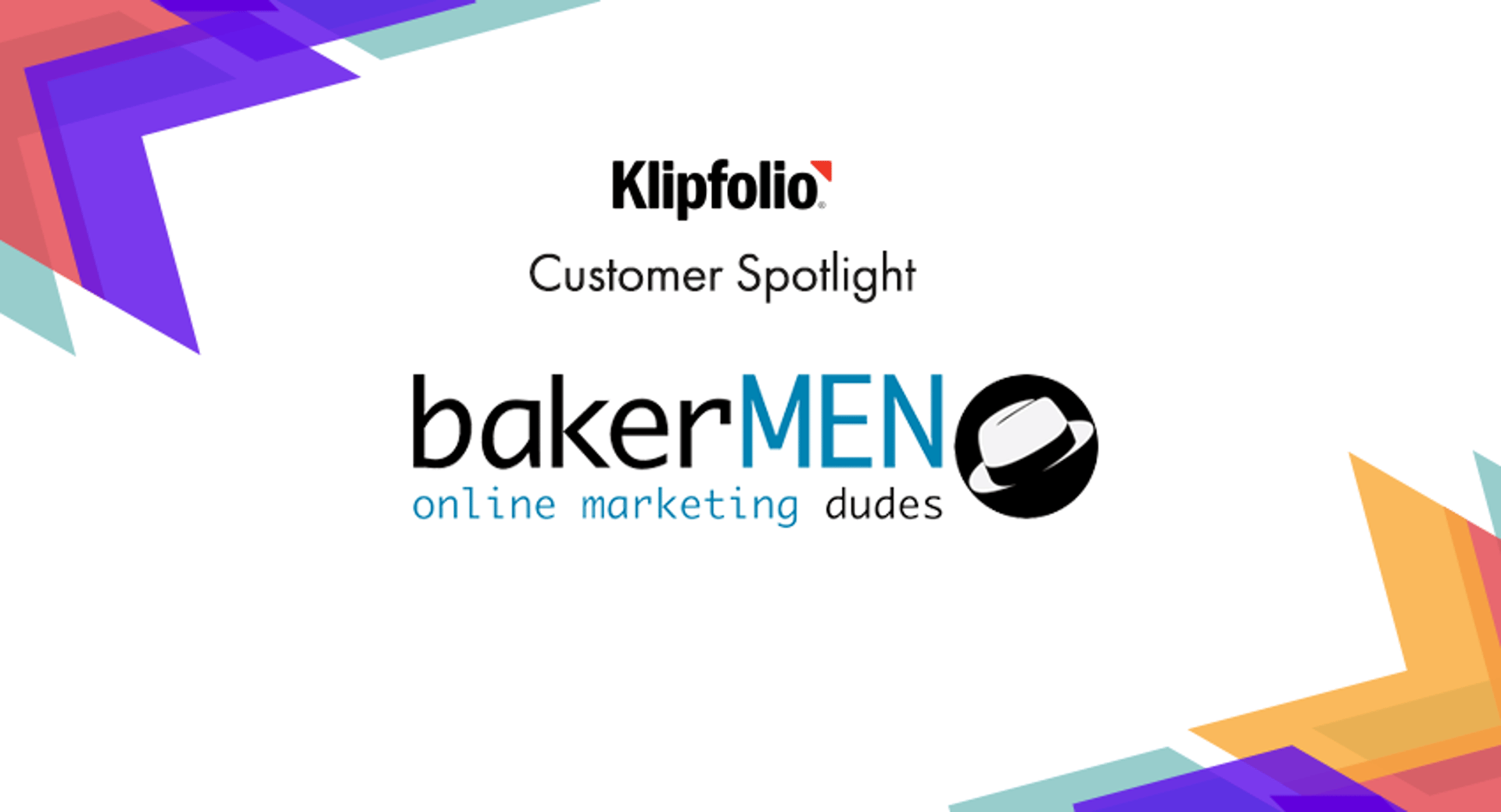
Customer Spotlight: See how bakerMEN use Klipfolio to create 100 reports in less than two days
By Valerie Hamilton — December 12, 2017

GCS improves accountability across every department with Klipfolio
By Mitch Dupuis — August 12, 2019
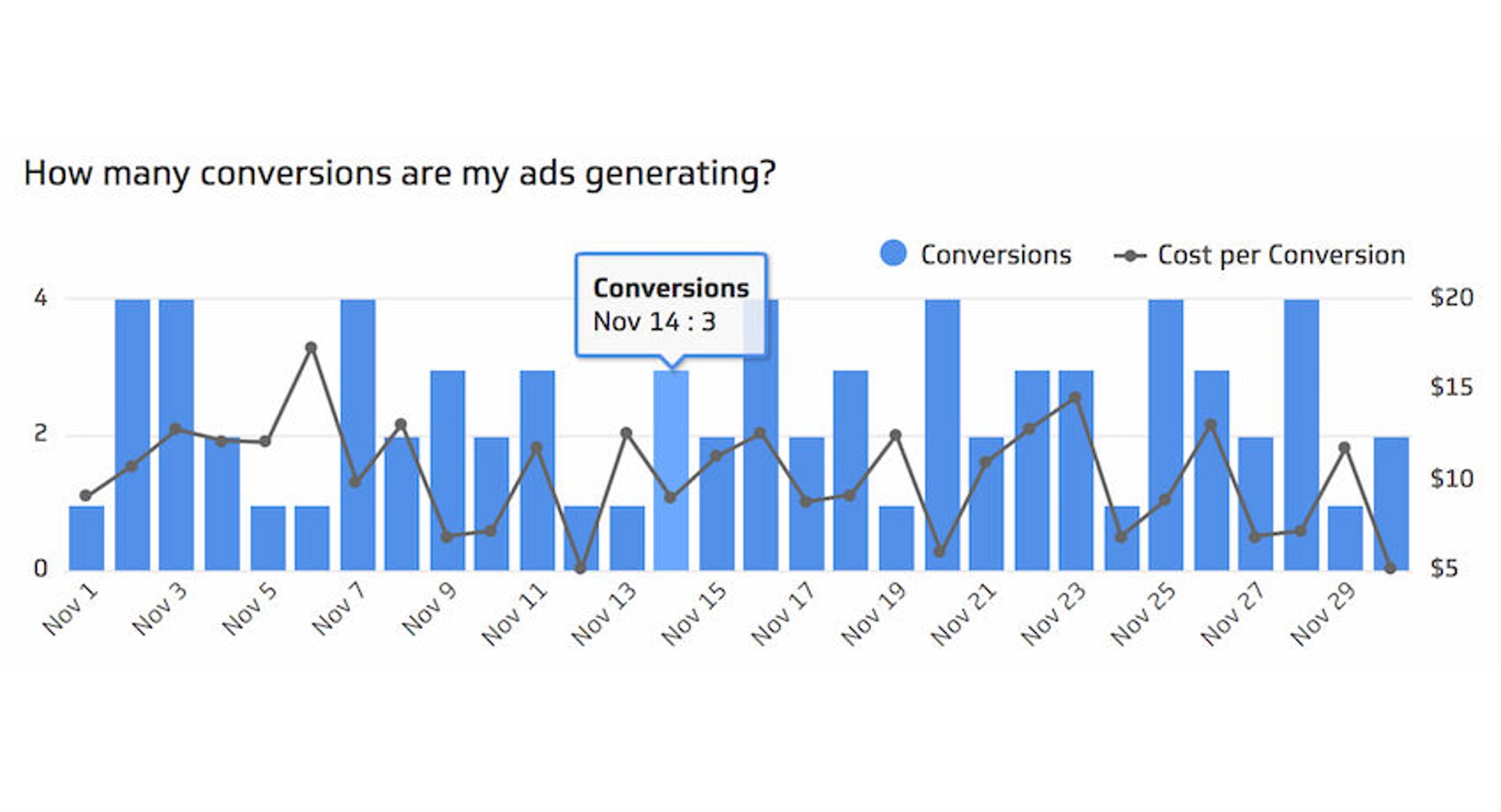
Digital advertising dashboards in the age of digital ad blocking
By Cameron Conaway — June 26, 2017

Use Klipfolio to Track Your Twitter Data
By Joshua Cohen-Collier — December 19, 2017
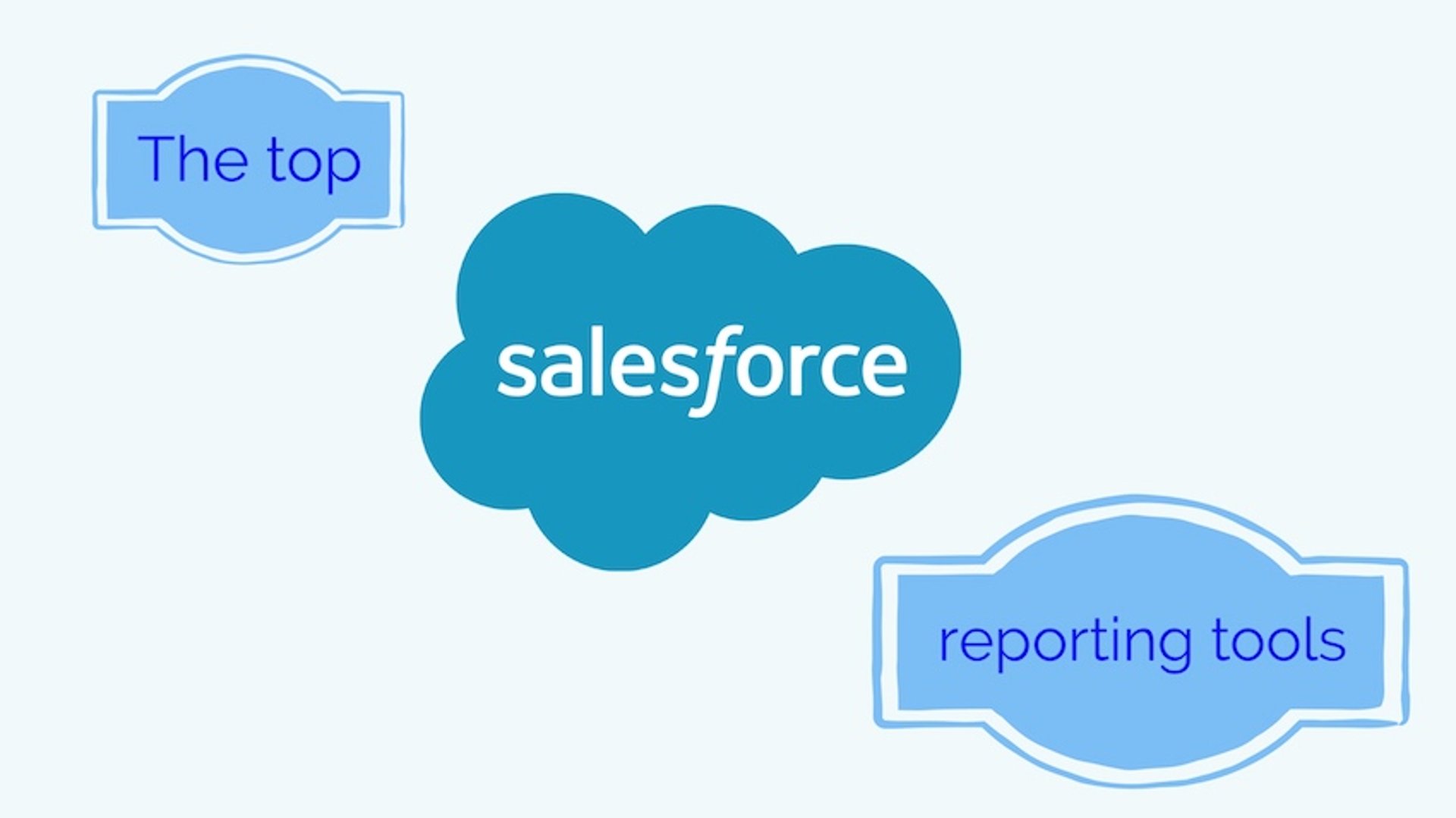
The top Salesforce reporting tools
By Jonathan Taylor — September 2, 2017

How I turned our company’s accounts receivable data into a dashboard that’s improving our business performance
By Mitch Dupuis — October 17, 2017
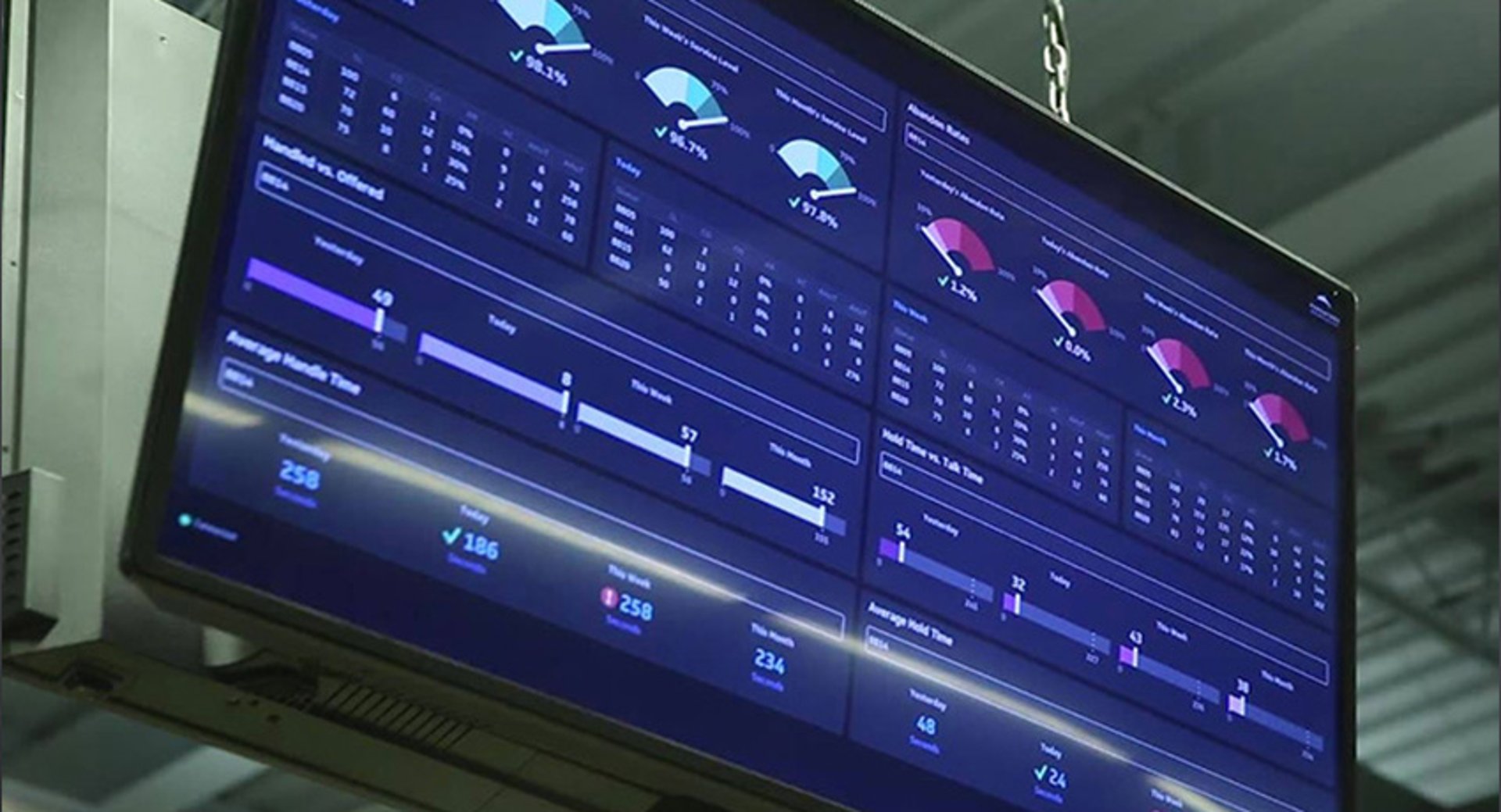
Comet monitors marketing and growth KPIs using TV wallboards
By Mitch Dupuis — April 22, 2019

Disciple Media streamlines their sales journey and customer experience with Klipfolio
By Mitch Dupuis — November 5, 2018

Supercharge your KPIs with OKRs
By Mark Brownlee — January 26, 2018

How to quickly build a HubSpot lead funnel for Marketers
By Mitch Dupuis — March 20, 2020
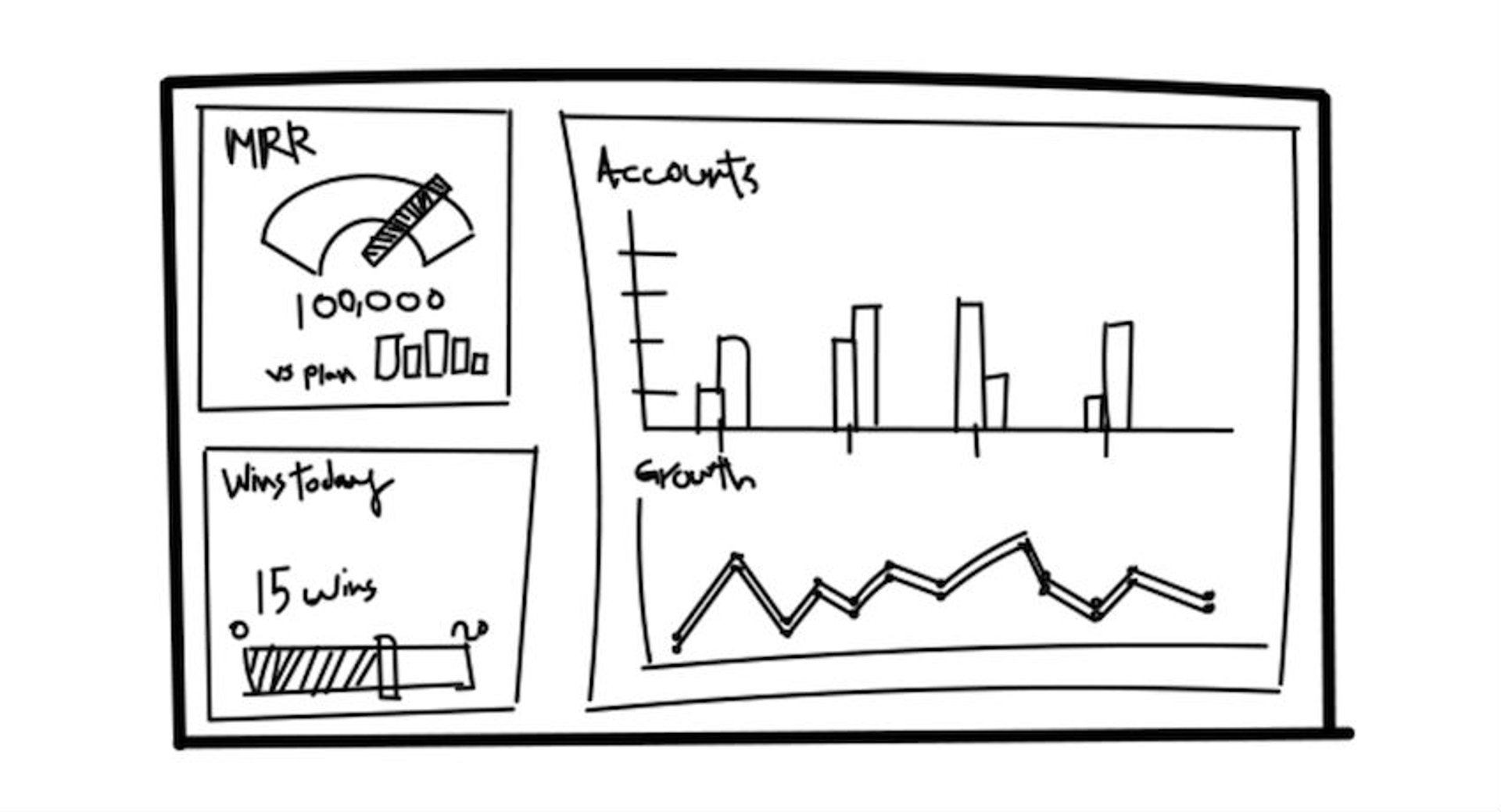
How to create a KPI dashboard
By Jonathan Taylor — July 1, 2017

Summit CPA streamlines their processes and client deliverables with Klipfolio
By Mitch Dupuis — June 5, 2019
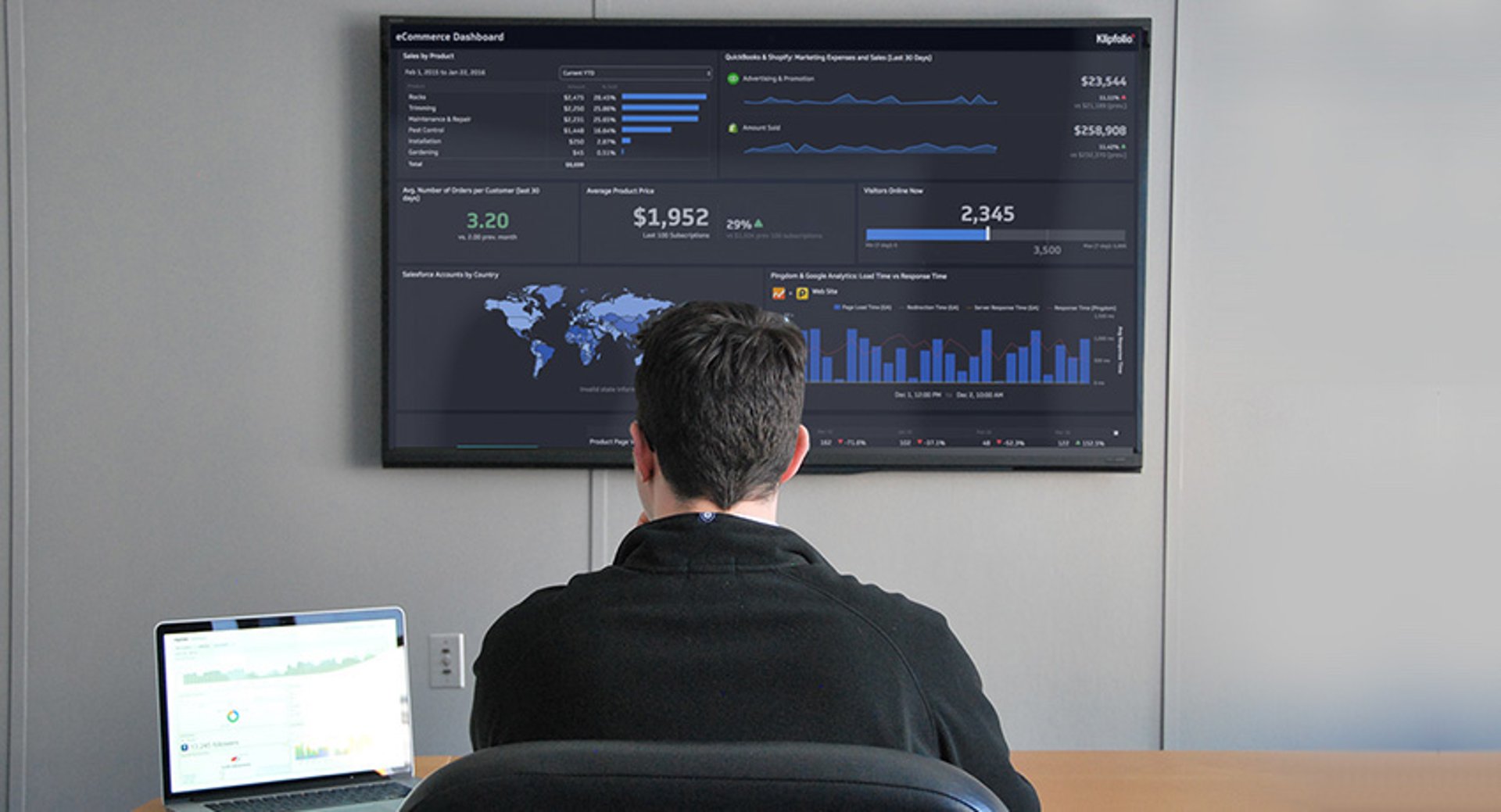
What is a TV dashboard?
By Emily Hayward — March 31, 2021

Misleading Statistics & Data: How To Protect Yourself Against Bad Statistics
By Hassan Ud-deen — March 30, 2020

Seven tips for maximizing the benefits of KPIs
By Allan Wille, Co-Founder — June 10, 2019
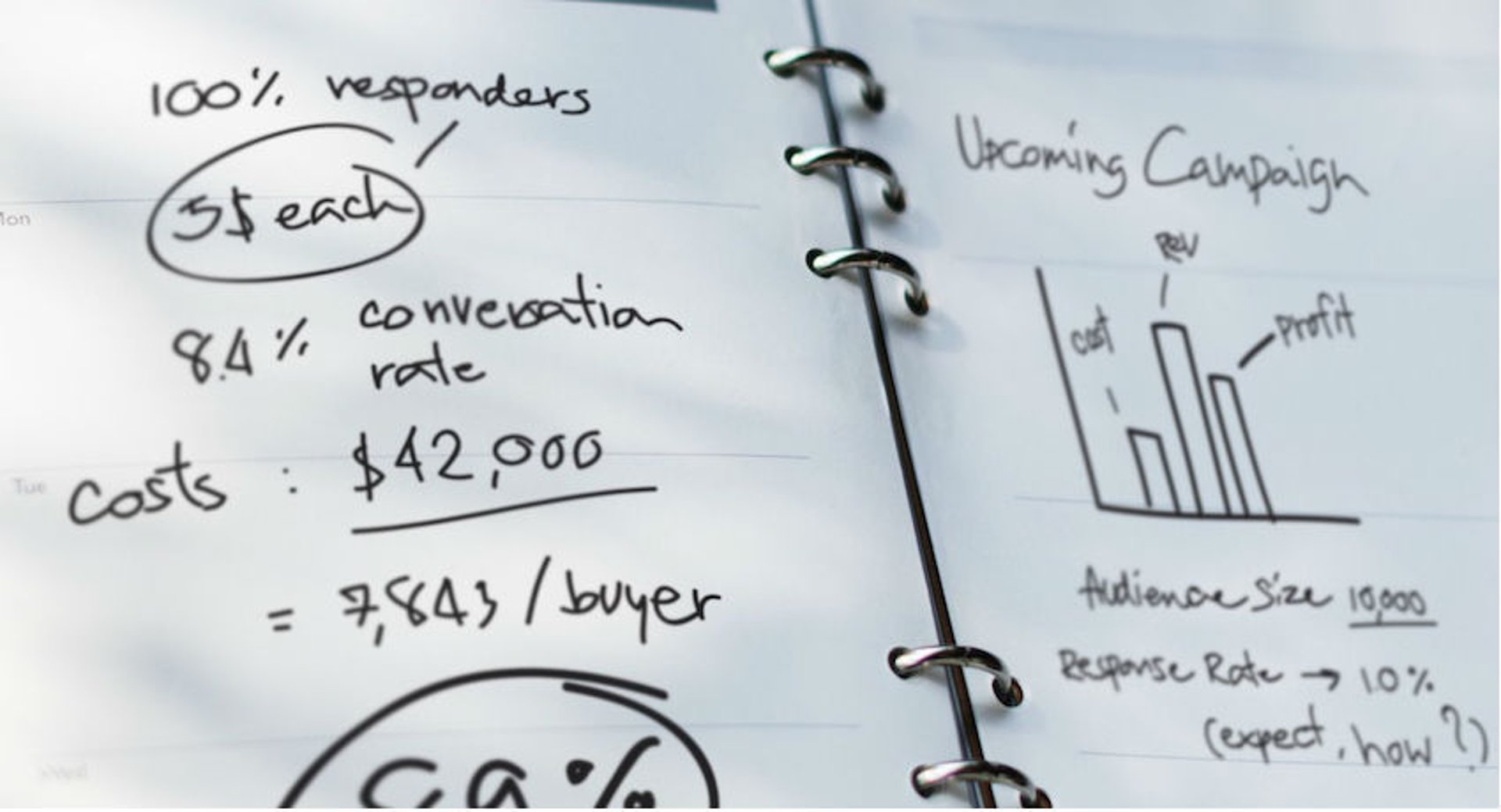
How to present a KPI report
By Jonathan Taylor — June 23, 2017

7 steps to measure team performance using data
By Matt Shealy — October 23, 2019
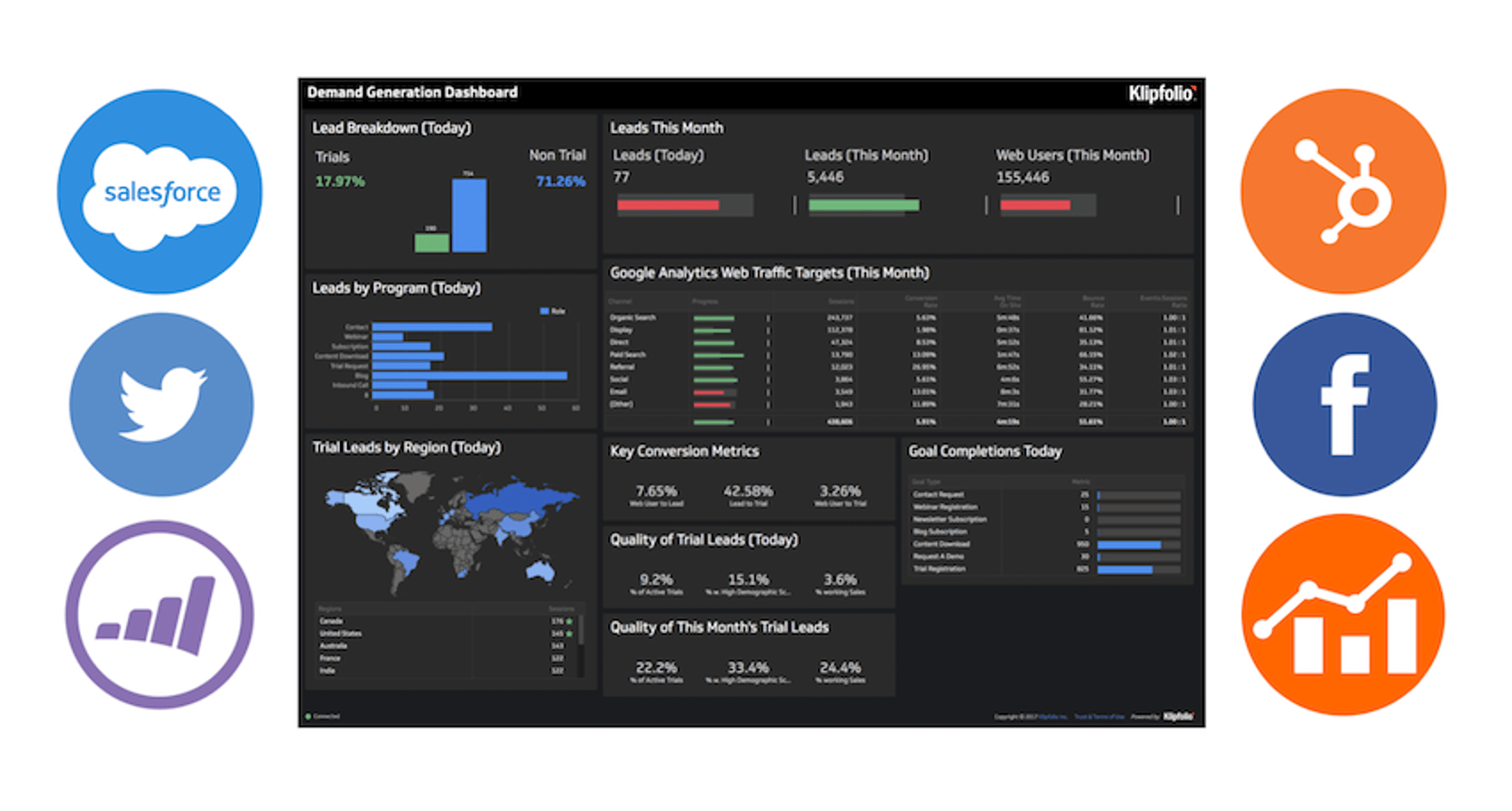
What makes a good lead generation dashboard?
By Jonathan Taylor — June 24, 2017
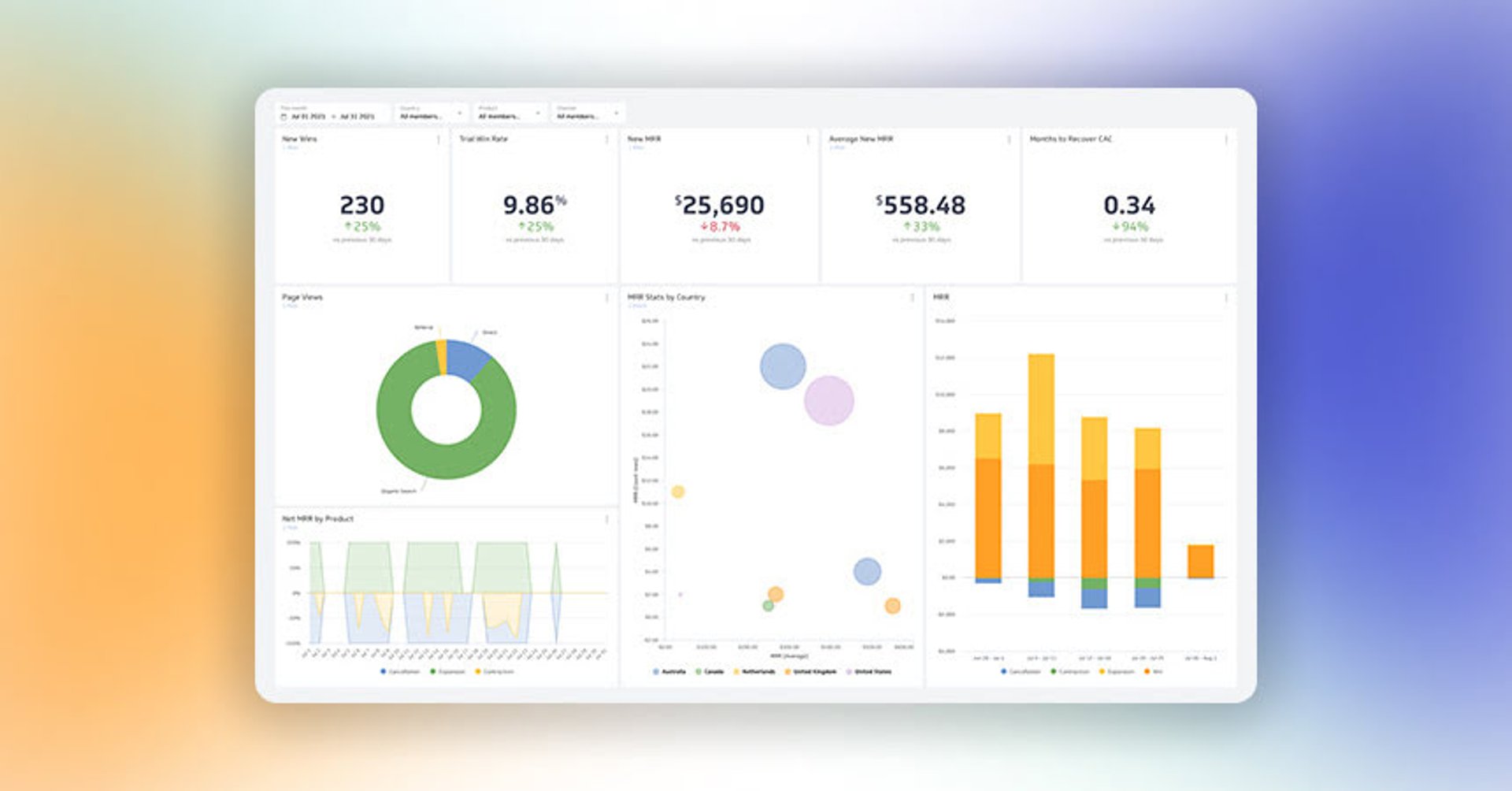
7 ways to present KPIs that your management team will love
By Danielle Poleski — July 18, 2016

The mistakes companies make when setting KPIs
By Alan Price — September 27, 2019